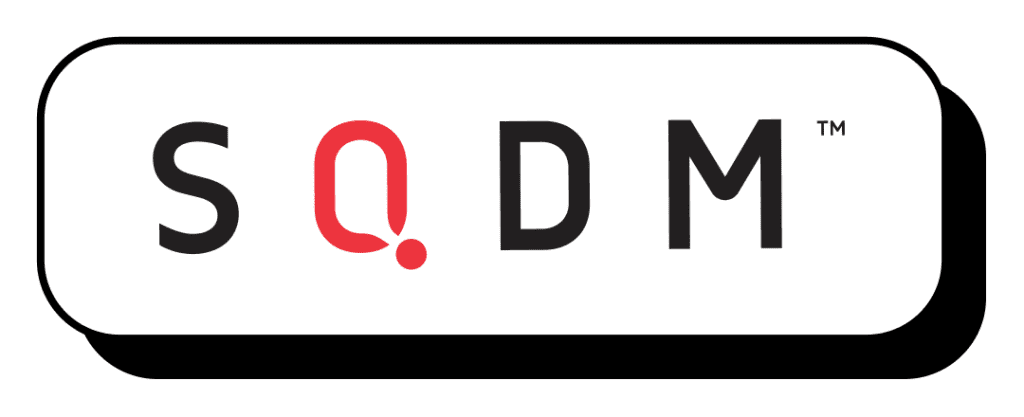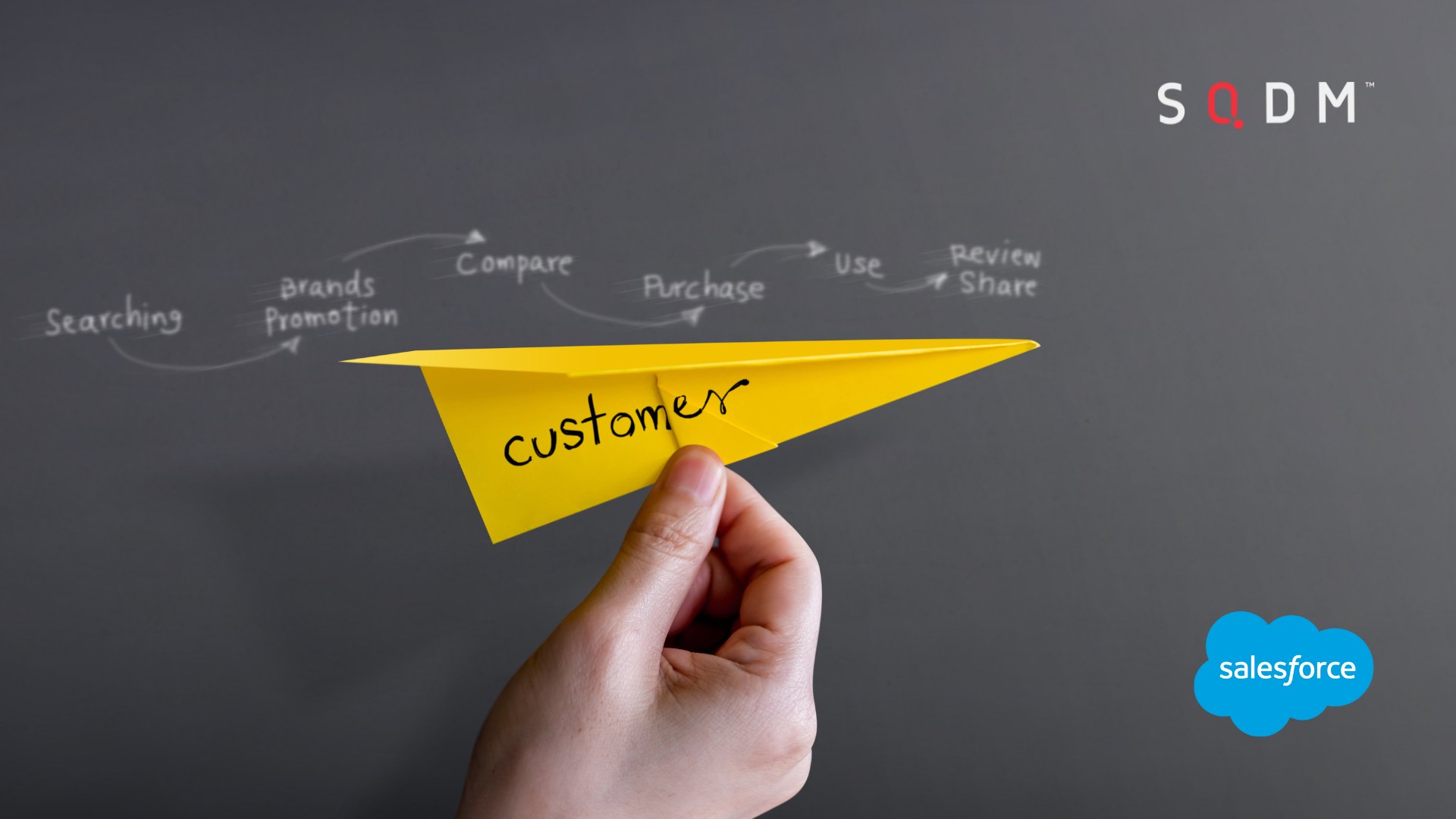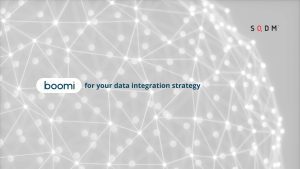Salesforce offers a variety of tools and features that can monitor, analyze, and enhance every customer interaction.
This post will introduce you to the fundamentals of the Customer Journey in Salesforce, examine how it works in practice, and discuss the best ways to make the most of this powerful tool in guiding your sales and customer retention tactics throughout the purchase process.
What is a customer journey?
The customer journey is the whole process a customer goes through. It starts from the moment they decide to have something to the one when they buy it, and sometimes even after they finish buying it. The concept is fundamental in the marketing realm and customer encounter, aiming to map all the interactions and points of contact and customer encounters with a firm throughout their journey.
In general, it is displayed on a map or diagram. It shows how a customer starts, researches, thinks about buying something, uses the product or service, stays loyal, and gets suggestions. Each step involves different ways customers interact and feel. The goal is to understand and improve each interaction, so customers have a great and happy experience.
By knowing how customers interact with their company, companies can find manners to improve their experience, fix problems, make things more personal, and come up with good plans to keep customers loyal and grow their business. Analysis and optimization of the customer journey are important to change customer needs and check customers have a good experience at every stage of the journey.
Customer Journey in Salesforce
Managing it from the Salesforce CRM platform, enables companies to manage and optimize all customer interactions along the journey. Salesforce provides a suite of tools and capabilities designed to help organizations understand and improve the customer experience at every stage.
In Salesforce, the journey begins with lead acquisition and lead generation. The platform lets companies capture and track lead data, such as contact information, interests, and behaviors, which helps them better segment and target their target audiences.
Salesforce’s marketing automation tools can be used to send individualized emails, create multichannel campaigns, and monitor customer interaction as leads progress through the buying process. It enables companies to nurture and guide customers through the research and consideration process, providing relevant content and interaction opportunities.
Once customers are ready to make a buying decision, Salesforce makes it easy to manage opportunities and track the sales process. Companies can use the CRM system to keep track of customer interactions, make sales forecasts, and work with sales teams to close deals.
Post-purchase, Salesforce enables organizations to efficiently deliver customer support and service. It can manage cases, record customer service interactions, and provide a personalized and satisfying customer service experience.
Furthermore, Salesforce provides data collection and dissemination tools, enabling organizations to assess the effectiveness of their client interaction tactics, pinpoint areas for improvement, and make informed choices to enhance the client encounter.
Customer journey management
Journey’s management is essential to delivering exceptional experiences, cultivating strong customer relationships, and gaining a competitive advantage. By understanding and optimizing each stage of the journey, companies can drive growth, profitability, and overall customer satisfaction.
The tools and features of the CRM platform are used to help customers understand, manage, and improve their buying experience. With Salesforce, companies can implement effective strategies to deliver consistent, personalized experiences throughout the entire process.
Salesforce can collect and save customer information, so companies can have a complete and unified view of each customer. Through contact management and audience segmentation, companies can identify individual behavior patterns, preferences, and needs.
Customer journey optimization
With Salesforce, you can use the tools and features in the CRM platform to improve the customer experience at every stage of the customer journey. Here are some ways Salesforce helps your company:
- Data collection and management: Salesforce allows you to centrally collect, store and manage customer data. It includes demographic information, interaction history, preferences, and behaviors. By having a complete view of the customer, companies can personalize interactions and provide more relevant and meaningful experiences.
- Content personalization: With Salesforce, companies can divide their customers into groups and make messages and content more relevant to them based on what they want and like. It includes sending personalized emails, creating targeted campaigns, and delivering relevant content at the right time. Personalization improves the relevance of communications and increases customer engagement.
- Analytics and reporting: Salesforce offers all customer journey analytics and reporting tools. Companies can gain insight into customer behavior, campaign effectiveness, and conversion rates. By analyzing this data, companies can identify areas for improvement and make adjustments to optimize the customer experience.
- Integration with other tools and systems: Salesforce works with many other things to give customers a complete picture of their experience. Connecting with customer service tools helps solve problems quickly, and connecting with data analytics tools gives more information about how customers behave and what they like.
Salesforce omnichannel customer journey
The omnichannel customer journey in Salesforce is the customer experience across multiple channels and touchpoints. The goal is to make the customer experience the same and seamless, regardless of what the channel is. Salesforce offers several features and functionality to support an omnichannel approach to the customer journey. Here are some key aspects:
- Consistent interactions across channels: Salesforce enables companies the customer journey orchestration across different channels, such as email, live chat, social media, phone, and among others. It ensures that customers receive consistent service and communication across all touchpoints.
- Channel integration: Salesforce makes it easy to integrate multiple channels, enabling a holistic view of the journey mapping. Data from different channels is combined and stored in one place, so teams can see the customer in real-time.
- Unified customer service management: Salesforce Service Cloud allows you to manage customer service interactions across all channels in an integrated way. Agents can access a complete history of customer interactions, enabling them to provide fast, personalized responses regardless of the channel used.
- Real-time personalization: Salesforce allows you to personalize the customer experience in real-time, using contextual data and recorded preferences. It is possible to deliver relevant offers, recommendations, and messages throughout the customer journey, regardless of the channel used.
- Automation and workflows: Salesforce offers automation and workflow capabilities that allow you to define rules, and processes to efficiently manage omnichannel interactions. It includes response automation, task assignment and follow-up management beyond all channels.
- Analytics and reporting: Salesforce provide analytics and reporting tools to measure and evaluate the performance of omnichannel interactions. Reports and dashboards provide information on channel effectiveness, conversion rates, and customer satisfaction, enabling continuous improvements to the omnichannel strategy.
- Real-time personalization: Salesforce lets you personalize the customer experience in real time, using contextual data and recorded preferences. It lets you send helpful offers, suggestions, and messages to customers at every step of the way.
To understand how customers move through your website, you should know who they are. It is why using Salesforce data and other tools is important when making plans to make the customer experience better.
At SQDM, we specialize in the implementation of Salesforce, according to the needs of our customers, that is why we are Salesforce partners, and we stand out for our Staff augmentation service, which ensures a successful Salesforce implementation plan and advice to get the full potential of the tool.
Do you want to improve your company’s customer journey? Contact us!





